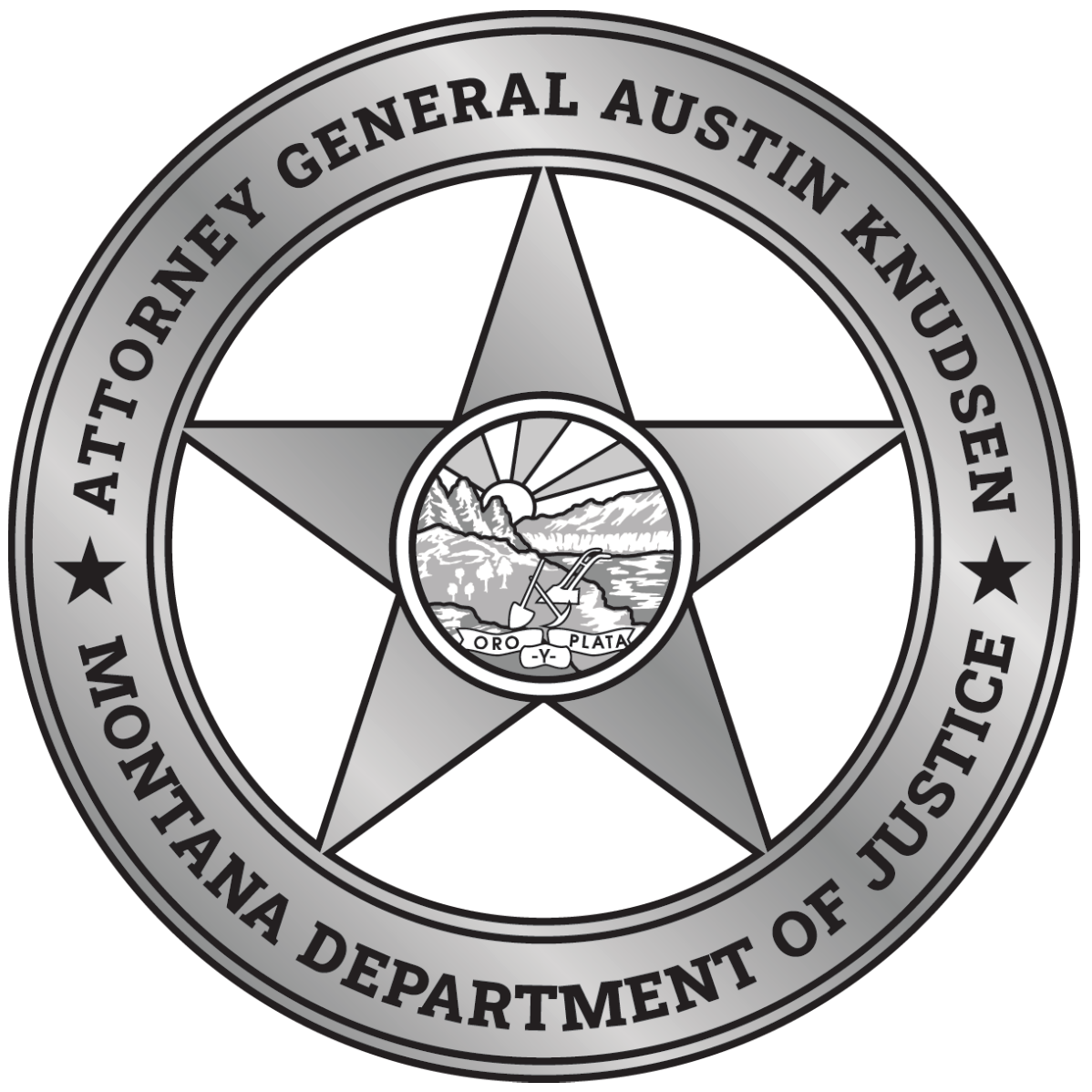STATE OF MONTANA
JOB DESCRIPTION
(Revised for DOJ use, 12-21-09)
Work Unit Mission Statement or Functional Description – The Highway Patrol Division is the traffic law enforcement division of the Department of Justice and is responsible for the enforcement of motor vehicle and highway safety laws according to state and federal statutes, as well as for the investigation of traffic crashes. This activity is accomplished by the patrolling of assigned highways to ensure that traffic is moving safely and crashes are prevented.
The Highway Patrol Division is comprised of two bureaus: (1) Field Forces Bureau (uniformed troopers and civilian administrative support in the eight districts); (2) Operations Bureau (uniformed troopers, communication system operators, radio technicians, and bureau civilian support staff), executive protection detail, roving squad unit, and the respective sections: professional standards, supply, recruiting, personnel, aviation, training, records management, and information technology). The Highway Patrol Division has a staff that exceeds 270 FTE and an annual budget of $19(+) million.
Describe the Job’s Overall Purpose (Position Overview) – Safeguards the public on the highways and roads of Montana. Assists the driving public by enforcing state and federal laws. Makes arrests, administers sobriety test, inspects vehicles, investigates vehicle crashes, and citizen complaints, provides emergency care, completes reports and maintains division equipment assigned to them. Testifies in court and provides education to the public on law enforcement subjects.
PLEASE NOTE: The below is copied from the Highway Patrol benchmark (with some additional information). These positions are the benchmark, and would not differ significantly.

